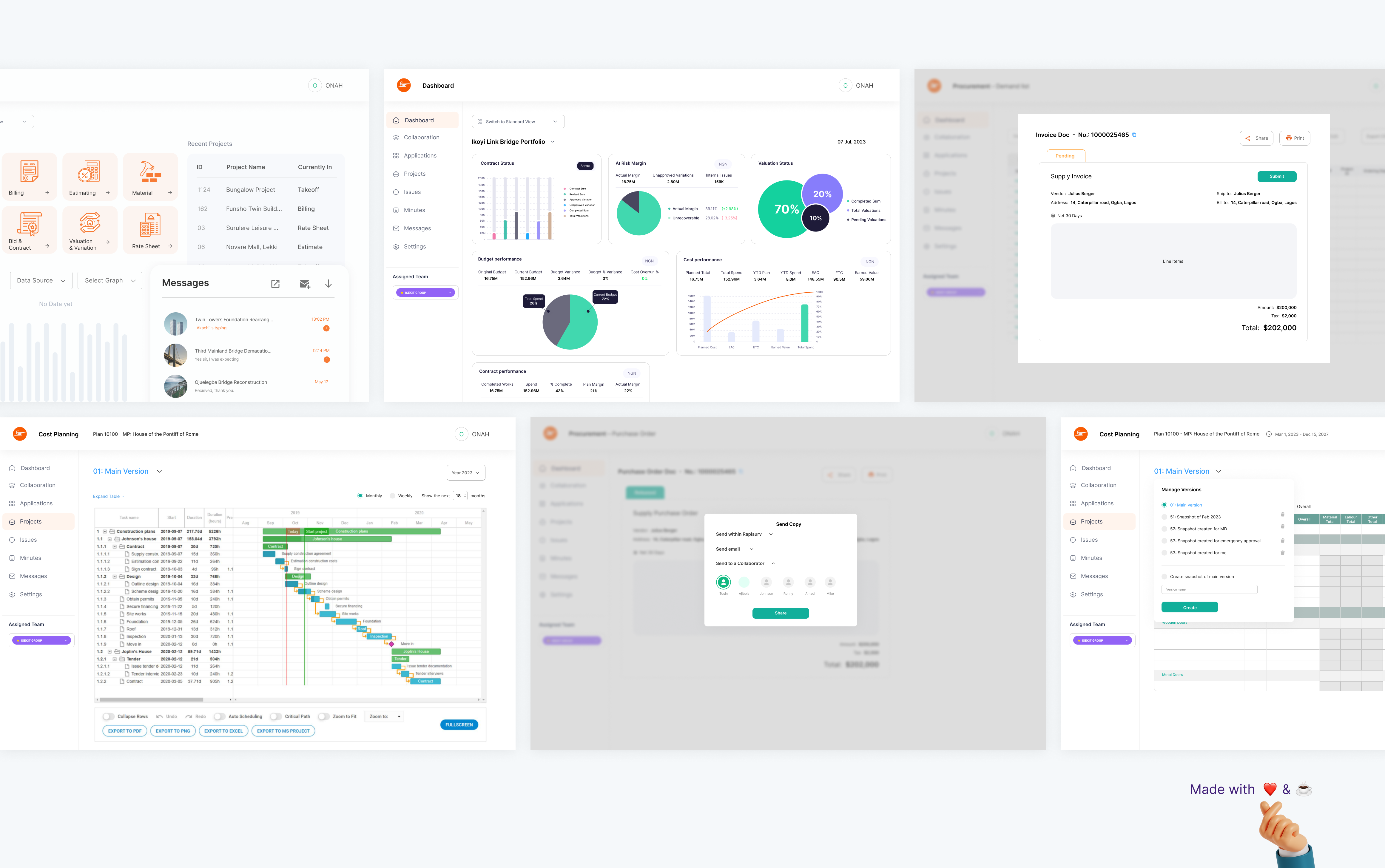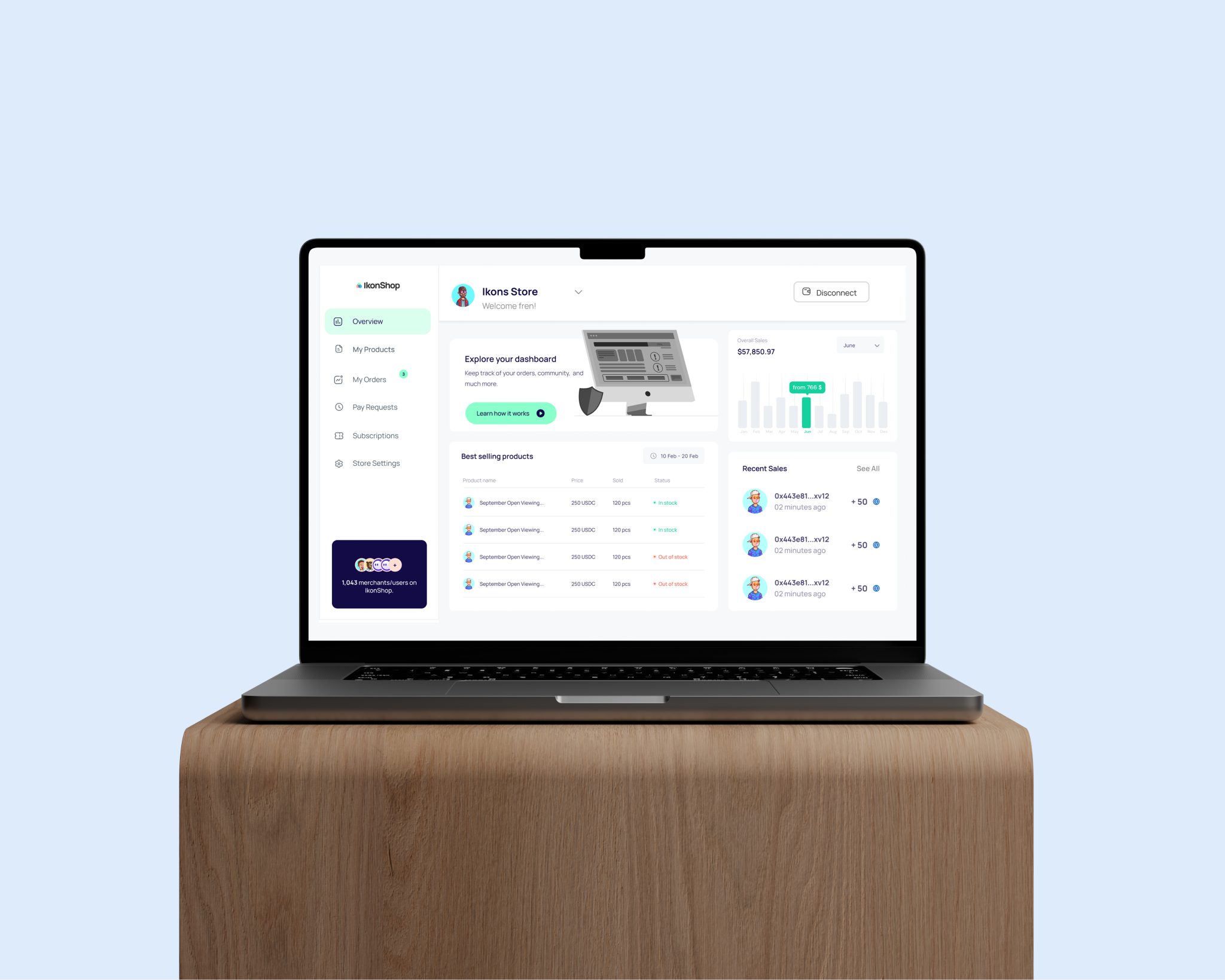
Rapisurv.

Rapisurv.
The construction industry is often plagued by fragmented software solutions and disjointed workflows. Quantity Surveyors require accurate Takeoff and Bill of Quantities tools. Subcontractors need streamlined Estimating, Procurement, and Contract Management capabilities. Owners and Contractors demand effective Budgeting, messaging, collaboration, Bidding, Tender, and the list goes on. Existing SAP ERPs offer comprehensive features but can be complex and costly. Our challenge was to create a user-friendly, cost-effective alternative.

User Research I
Our journey began with a deep dive into user research, leaving no stone unturned to understand the intricacies of construction and contract management. We employed a multifaceted approach, conducting interviews, surveys, and workshops across all user categories to gain valuable insights. Here's a closer look at our findings:

User Research II
In our quest to transform construction and contract management, we didn't just analyze data; we delved deep into the lives and needs of the real people behind the roles. Our user personas are not just outlines; they're vibrant personalities who represent the heart of our solution:

Meet Onah, the meticulous Quantity Surveyor. Onah lives for precision and efficiency. His day revolves around Takeoff and Bill of Quantities, where every measurement counts. With our solution, Onah gets the tools he needs to work swiftly, accurately, and confidently.

Sarah is the epitome of an efficient Subcontractor. She's all about Estimating and Procurement. With our solution, Sarah can create estimates with ease, manage procurement seamlessly, and keep her projects on track without breaking a sweat.

Meet Mike, the Contractor with an eye on Contract Management and Budgeting. Mike juggles multiple contracts, change orders, and project finances. Our solution simplifies his tasks, allowing him to focus on what matters most—successful project execution.

Emily, the Owner, values transparency and collaboration. She oversees projects, makes critical decisions, and expects clear reporting. Our solution provides Emily with the tools she needs to lead confidently and stay informed.
These personas aren't just characters on paper; they embody the essence of our design process—real people with real needs. Their stories guided our journey, ensuring that every feature and function of our solution resonates with the individuals who rely on it daily.
Design Process
Our journey to transform construction and contract management
involved a meticulous design process, shaped by user research and a
thorough understanding of industry-standard tools. We were driven by
the goal of not only creating a functional solution but also making
it visually appealing and accessible to users who often dealt with
vast amounts of data.
We were driven by user-centric principles and the desire to address
the challenges uncovered during research. Here's how we executed it:
Usability Testing
Usability testing was the compass that guided our design process, helping us navigate toward a user-centered destination. We conducted extensive testing with users from each user persona category, ensuring that our solution met their unique needs and expectations. Here's a detailed breakdown of our usability testing process:
Usability testing was not a one-time event but an ongoing process throughout our design journey. It ensured that our solution evolved in response to real user feedback, resulting in a product that truly resonated with Quantity Surveyors, Subcontractors, Contractors, Owners, and all stakeholders in the construction and contract management landscape.
Conclusion
Our solution not only bridges the gaps in the industry but also
elevates construction and contract management to new heights.
Users now have access to a unified platform that eradicates data
silos, streamlines workflows, and enhances accuracy. The visual
appeal and legibility of our design have significantly improved
the user experience, addressing a long-standing inconvenience in
an industry where working with big numbers and complex data is the
norm.
My Invaluable Takeaways
In conclusion, this project was a tremendous learning experience
that not only allowed me to contribute to providing a
comprehensive solution to the construction and contract management
challenges but also opened my eyes to the intricacies of data
management, collaboration, global accessibility, and the profound
impact of simplicity in the construction industry.

Next Case Study
